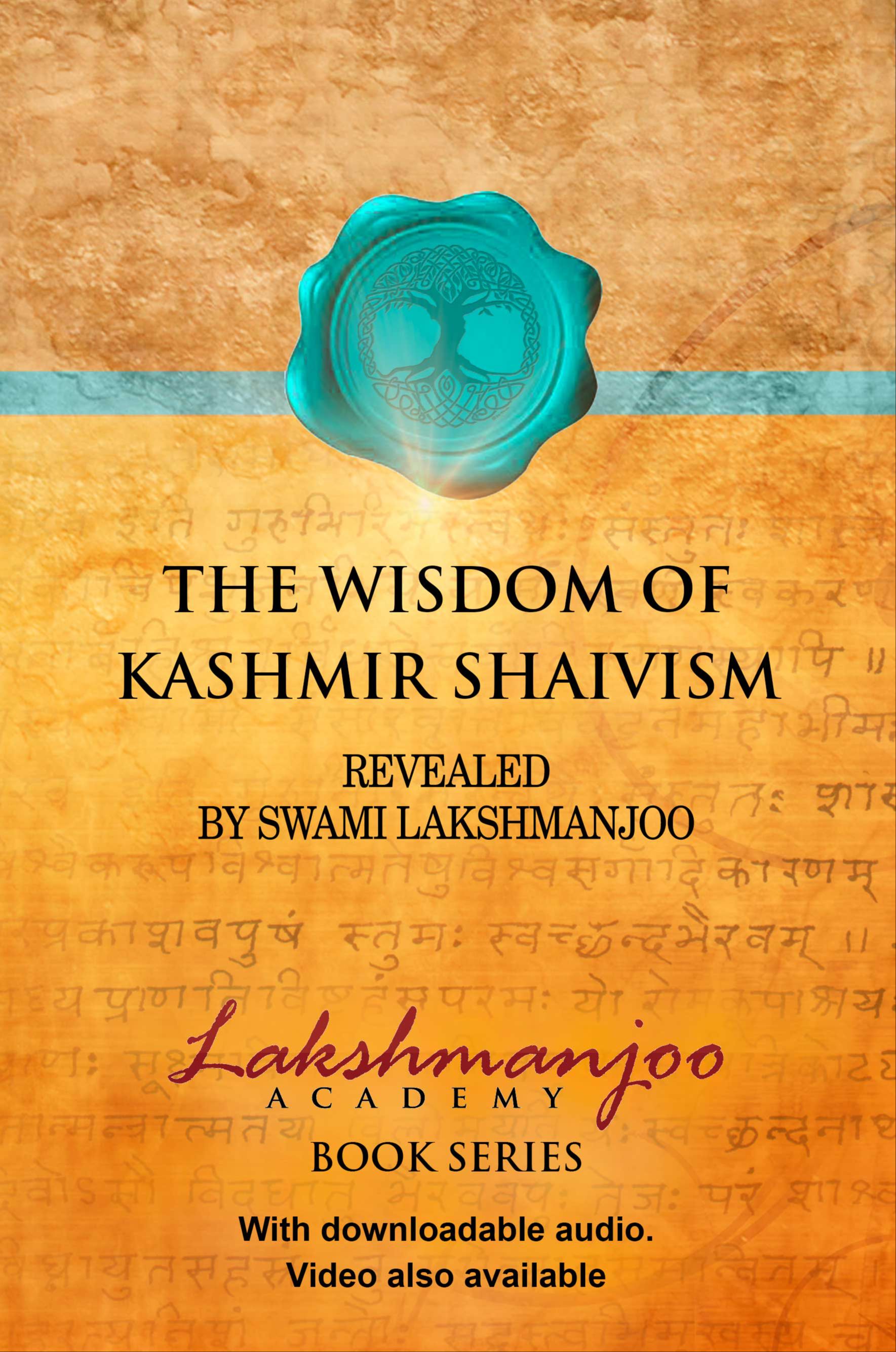The Bahurūpa-Garbha Stotra is an ancient hymn that elaborates on the Aghora Mantra and explains the role of Svacchanda Bhairava. Svacchanda Bhairava, also known as Aghora Natha, is the lord of the three Aghora Shaktis. This original audio recording features Swami Lakshmanjoo and devotees at his ashram in 1990.
The introductory verses are a description of Svacchanda Bhairava taken from the Svacchanda Tantra, chapter 2. The latter part of the hymn, composed by Vamadeva Rishi, is an elaboration on the sacred Aghora Mantra as it is recited in the tradition of Kashmir.
Importance of this Hymn:
In 1989, after receiving a direct vision of Svacchanda Bhairava, Swami Lakshmanjoo wrote a moving letter to John Hughes, emphasizing the vital importance of the Aghora Mantra. He concluded that letter with a powerful instruction:
"You should spread this message all over the world."
In light of all the challenges the world is facing today, the Lakshmanjoo Academy felt the need to fulfill Swami Lakshmanjoo's wish to spread the message of this hymn and the Aghora Mantra.
In keeping with tradition, it is of paramount importance that this sacred hymn must never be used for commercial purposes and should be shared freely with all sincere spiritual aspirants, independent of caste, creed, color, or gender.
Over the years, there have been many requests for a translation of this ancient hymn (stotra). Devotees also requested the same of Swamiji, and his reply was:
“The introductory verses are a description of Svacchanda Bhairava and his better half, Bhairavī (Aghoreśvarī). As for the thirty four verses which embody the sacred Aghora Mantra, they are universal and beyond literal translation.”
In another context, Swamiji added:
“The real meaning of these sacred hymns is in the inner vibration (spanda) of the recitation, which is not found in the literal meaning of the words. One should recite, or listen, with devotion and one-pointed awareness, and ‘by and by’ the true inner meaning, which is universal, will automatically begin to unfold.”
May these timeless teachings offer protection, clarity, and inner strength.
Jai Guru Dev 🙏
Watch the complete series here.
Secret Supreme – Chapter Thirteen
The Birth of the Tantras
At the beginning of Satyuga Lord Śiva appeared in the form of Svacchandanātha, with five heads and eighteen arms. His five heads came into manifestation through his five great energies: cit śakti, all consciousness; ānanda śakti, all bliss; icchā śakti, all will; jñāna śakti, all knowledge; and kriyā śakti, all action. These five energies, which appeared in His five mouths, are known as – Īśāna, Tatpuruṣa, Aghora, Vāmadeva and Sadyojāta. Because of the grace (anugraha) of Lord Śiva, these five mouths experienced the sensation of illuminating the Universe.

Svacchandanātha – Aghoranātha
You see, Lord Śiva wanted to enlighten the universe by manifesting the existence of the Tantras. In order to accomplish this, He manifested the sixty-four Bhairava Tantras, which are filled with monistic thought (abheda), and which are connected with Kashmir Śaivism.
In the three yugas (ages); satyuga, tretāyuga, and dvāparayuga; masters and disciples were very great, and they were initiated verbally. The power of memory in them was so great that they remembered everything instantaneously, so there was no need to write anything down or to refer to books and papers.
[But] when kaliyuga occurred, these masters and disciples were so disappointed they hid themselves in unknown places in order to avoid the touch of worldly people living at that time. Because of this the theory of the Bhairava Tantras and Kashmir Śaivism was lost.
Lord Śiva, however, always wishes to illuminate the universe and so He reappeared in this world [at the beginning of kaliuga] on Mount Kailash, not in the form of Svacchandanātha with five mouths, but in the form of Śrīkaṇṭhanātha.

Śrī Kaṇṭhanāth
In the form of Śrīkaṇṭhanātha, [Lord Śiva] again taught the theory of the Bhairava Tantras to the sage Durvāsā Ṛiṣi, instructing him to expand the thought of the Bhairava Tantras in all the universe without restriction to caste, creed, color or gender. After Śrīkaṇṭhanātha taught Durvāsā Ṛiṣi in this manner, he disappeared into the ether.
[ END ]
— Excerpt #2 —
Self-Realization in Kashmir Shaivism
Talks on Practice (page 72)
Svacchandanatha, while creating these Tantras through His five mouths, possessed eighteen arms. These eighteen arms are symbols of the eighteen elements or tattvas. These tattvas are offshoots of His five great Śaktis and are created in the following manner.
- Cit-śakti gives rise to one element, manas-tattva, the element of mind.
- Ānanda-śakti gives rise to two elements, buddhi and ahaṁkāra, the elements of intellect and ego.
- Īcchā-śakti gives rise to the five vital airs (vāyu) of the body. These are prāṇa, apāna, samāna, udāna, and vyāna.
- Jñāna-śakti gives rise to five elements known as the jñānendriyas, the five organs of knowledge: nose (ghraṇa), tongue (rasaṇa), eyes (cakṣu), skin (tvaca), and ears (srotra).
- Kriya-śakti gives rise to the five organs of action, karmendriyas. These include the organ of generation (upastha), excretion (pāyu), mobility (pāda), holding (pāṇi), and speech (vāk).
These eighteen arms of Lord Śiva, in the form of Svacchandanātha, are created by Lord Śiva for the protection of the individual, but in order to receive this protection, the individual must adhere to divine discipline [i.e., yama and niyama].






